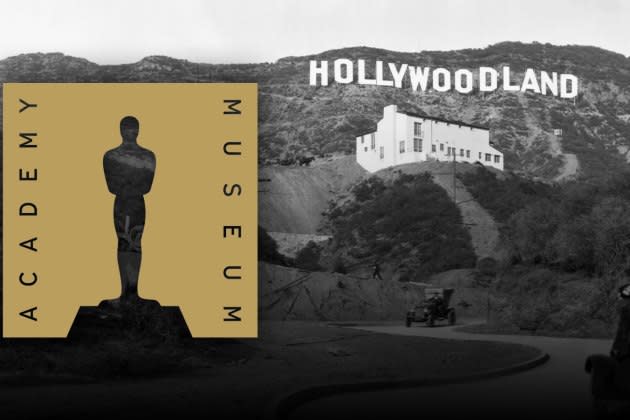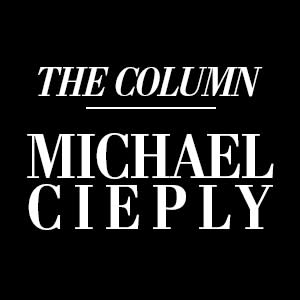Michael Cieply: Searching For The Jewish Soul In The Academy’s ‘Hollywoodland’


Pondering Will Smith’s recent triumph at a local Cinemark and Donald Trump’s post-conviction surge, I got to thinking about “movie-think.”
You know, the way we’ve become accustomed, after watching hundreds and hundreds of mainstream films, to thinking the way the movies do. The real villain is someone in power. Anyone too pretty, male or female, is suspect. Things will get worse, much worse, before they get better. Our hero is almost always an outsider — someone who is knocked off a pedestal, beaten down, and kicked around, all the way to the bottom of the second act, before rising in triumph (e.g., Rocky) or existential martyrdom (Butch Cassidy and the Sundance Kid) to win our hearts and minds forever.
More from Deadline
From our heroes, real or cinematic, we forgive and even expect transgression — a misbegotten slap, a tawdry liaison and all that comes with it. In movie-think, we honor the renegades, the underdogs, those who are piled on by those above. Even our buddy cops play best — witness the success of Bad Boys: Ride or Die — when they are stuck outside the law, fighting against the powerful (the Empire!) for what we feel to be right.
No surprise then that Smith or Trump should have fans, a lot of them, after having been thoroughly pounded by the Establishment. It’s the way we think after generations of having laughed, cried, cheered and shuddered for the Little Tramp, King Kong, Mr. Smith, Hildy Johnson, Joe Gillis, William Powell’s “Forgotten Man,” Brando’s Terry Malloy, Thelma and Louise, Axel Foley, Danny Ocean, Oskar Schindler or the kid who saved E.T.
Trained well by a populist art form, we love the rebels, the counter-punchers, and those who are (at least temporarily) down.
Coming at it from another angle, I spent an hour on Thursday studying the new exhibit Hollywoodland: Jewish Founders and the Making of a Movie Capital at the Academy Museum of Motion Pictures. As promised, the wall placards have been largely purged of the barbed movie mogul characterizations that struck many early observers as being antisemitic. “Womanizer,” “tyrant” and “oppressive control” are gone. Harry Cohn has an “authoritarian” streak and William Fox an “obsessive drive for success,” but there’s not much left to quarrel with in the thumbnail descriptions of Hollywood’s Jewish founders.
What remains a shade disappointing is that the 30-minute, Ben Mankiewicz-narrated documentary at the heart of the (very) compact exhibit comes so close to capturing the real cultural achievement of Hollywood’s immigrant moguls without quite getting there. The film is dense, competent and fairly sympathetic; but like a lecture you might have slept through in your sophomore film studies class, it tends to hit its points hard, and with a certain amount of repetition. The Jewish moguls were mostly poor immigrants, shut out by oppressive social structures both here and abroad, so they created a film industry that in turn created somewhat oppressive structures — people of color and those of alternative genders were shut out — while supposedly celebrating a wholesome and illusory world into which the Jews hoped to assimilate.
Very sociological. But what it mostly missed, other than a flicker of passion in a clip of Capra’s Jimmy Stewart speaking truth to power, was the instinctive, deeply personal outsider, underdog, populist urge that the founders embedded in the movies. The documentary tells us that Hollywood’s Jews were mostly secular, and kept Jewishness out of their pictures. Maybe so. But the underlying impulse of American movies—that empathy with those who are down and habitually struggling to get back up—is Biblical. It is the essence of the Jewish experience, back to Exodus and beyond. And a deep feeling for outsiders, the little guy, is what enabled those early moguls to quickly generate an entire storytelling industry from scratch.
That narrative pose isn’t unique to Jews. If anything, it is probably universal, the stuff of myth, as I’m guessing will be explained in the George Lucas-inspired Museum of Narrative Art, set to open in 2025.
For the moment, the film Academy’s museum almost gets to the heart of the matter, and of American movies. But not quite.
Sign up for Deadline's Newsletter. For the latest news, follow us on Facebook, Twitter, and Instagram.

